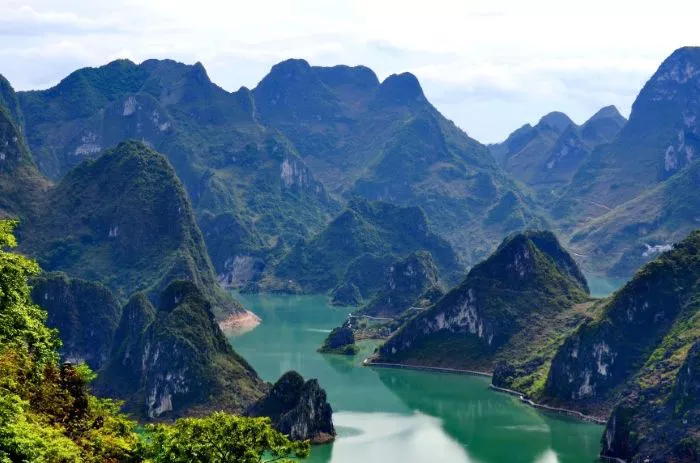Pingxiang City in China’s Guangxi and Vietnam’s Lang Son Province are jointly developing a groundbreaking tourism route celebrating their revolutionary bonds. The “Comrades Plus Brothers” friendship trail connects seven historic sites including the Friendship Pass History Museum and Ho Chi Minh Trail, where Vietnamese revolutionaries once operated during anti-colonial struggles. At a recent Nanning symposium, Vietnamese delegates led by Lang Son’s Deputy Director of Culture and Tourism Liu Baimu endorsed the initiative after inspecting key locations. “This route transforms our shared revolutionary heritage into living cultural assets,” noted Pingxiang Party Secretary Wu Xiaohui, highlighting completed infrastructure projects like the China-Vietnam Friendship Park set to open in September.
Strategic Tourism Development Honors Shared History
The bilateral project meticulously preserves landmarks of Sino-Vietnamese cooperation, from Nan Yuan Hotel’s Red Building where leaders met, to the memorial for Vietnamese child soldier “Little Regimental Commander.” Current construction progress includes the near-complete Friendship Pass museum and cultural performance hall, with all core sites scheduled to open by late 2024. Experts from both countries emphasized integrating augmented reality technologies and multilingual interpretation to enhance visitor engagement. “We’re not just building trails, but creating spaces for cross-generational dialogue about our intertwined destinies,” explained Vietnamese historian Tran Quoc Vuong during route planning sessions. The development aligns with Vietnam’s 2025 national tourism strategy targeting 18 million international arrivals.
Cultural Tourism as Diplomatic Bridge
Beyond economic benefits, the initiative represents sophisticated cultural diplomacy. By reactivating locations like the secret Zhongli Village liaison station where revolutionaries exchanged intelligence, the route makes tangible the “comrades plus brothers” philosophy articulated by Ho Chi Minh and Chinese leaders. Tourism authorities plan complementary visa policies and joint marketing campaigns targeting both nations’ growing heritage tourism markets. Preliminary research suggests the route could attract 500,000 annual visitors by 2026, particularly drawing Vietnamese tourists seeking connections to their revolutionary history. As Pingxiang invests in upgraded hospitality infrastructure, the project sets a precedent for transforming border regions from geopolitical frontiers into spaces of cultural convergence and mutual understanding.
Related Topic:
- “Cultural and Natural Heritage Day” Ignites Traditional Culture Craze
- Cover-More Travel Insurance Wins Big at 2025 WeMoney Travel Awards
- TTC Plans Major Investment to Strengthen Tour and Cruise Brands Worldwide

